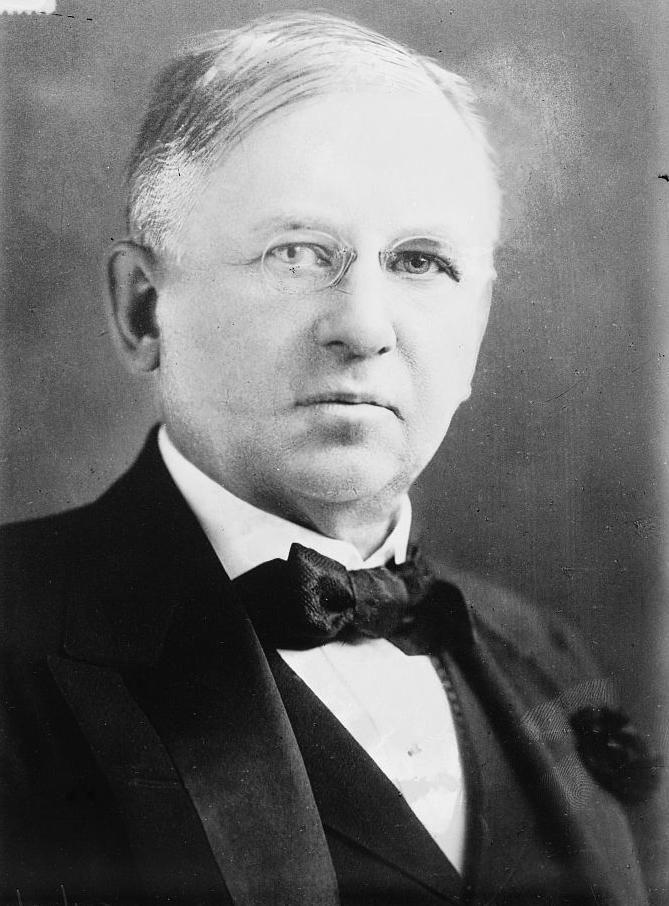By Doug Stephens

It is said that the first version of the modern price tag originated in the mid-1800’s at Oak Hall, the department store of Philadelphia merchant John Wanamaker. Up to that point, retail pricing had largely been a matter of negotiation and haggling. Customers often paid a different price for identical items based on a number of factors; who they were, how loyal they might have been, how much they intended to spend that day or even something as mundane as how busy the store was at the time. The very next customer might pay quite a different price given their unique circumstances.
This chaos of haggling over every sale troubled Wanamaker. He firmly believed that equality among people was something that should be reflected in all aspects of life, including the pricing of the goods they bought. Not to mention the tedium and inefficiency that haggling caused. This was, after all, the height of the industrial revolution, the rise of the working class and a time when business scale and uniformity were the primary goals. Thus, the modern price sticker was born!
But was it really fair?
On the surface, it might have seemed that this system of one price for all was logical and fair but many would argue just the opposite. After all, why should the most loyal customers pay the same price as the most promiscuous? Why should the customer who only needs one of something be treated to the same deal as the customer buying ten? Why should an item be priced the same on a slow sales day as it would be on a day when throngs of customers are in store? In other words, why shouldn’t the fundamental laws of supply and demand apply to retail?
The truth is that all these things do matter but rather than offer different customers different prices, most retailers simply choose to mask the underlying dynamics of pricing by using conventions like loyalty discounts, coupons, promotions and markdowns. Thus, the sticker price really only served to create the illusion of fairness in pricing. The ability for one consumer to get a lower price on a product than another now depended as much on luck and timing – stumbling on a sale or promotion – as it did on any real connection to supply and demand for the item. Pricing was generally speaking, purely supply-based and served the retailer. There was no true “one price for all” but merely a suggested retail from which to discount, often quite arbitrarily.
Enter dynamic pricing
With the web came the potential to change prices easily and quickly as required. Online pure-plays like Amazon routinely adjust item pricing across their gigantic assortments – sometimes adjusting the price of a single item several times a day or hour. It’s called dynamic pricing and it’s the result of analyzing a vast and constant data flow in real time. Inputs such as demand and popularity for the product and competitor prices prompt real-time fluctuations in the listed price of an item. Airlines and hotels have been using similar systems of dynamic pricing for many years.
From a business standpoint, dynamic pricing makes tremendous sense. It enables a retailer to optimize their pricing based on real time inputs, as opposed to setting a price over the long term and either pricing too low and giving up margin needlessly or charging too much and losing sales. In theory, dynamic pricing optimizes the sales and profit potential on each item. Despite the upside, only about 13% of all retailers have fully deployed dynamic pricing systems in place, though most experts agree this number is poised to grow exponentially in the years to come.
The dynamically priced store
What is truly fascinating however, is that now even physical retailers, like U.K chain B&Q are experimenting with digital, dynamic price tags on the shelves of their brick and mortar stores. The tags use radio frequency identification to recognize, for example, when loyalty cardholders are standing in front of them and adjust the item price automatically. Prices are also sensitive to store traffic levels, downwardly adjusting some items during slow periods of the day. The aim in doing so, according to B&Q, is to encourage customers to shop during off-peak hours, thus spreading store traffic more evenly across the day, allowing the retailer (at least in theory) to provide a more consistent level of customer service. 
As retailers become more adept at handling and parsing big data sets, and more inputs are integrated in the pricing equation, at-the-shelf pricing is likely to become even more variable. It’s conceivable that factors such as the customers past purchase behavior, items already in their shopping cart and even their level of social influence may prompt differences in item pricing. Other externalities too, like weather may also play into the data stream determining item prices in real-time. Why, for example, should a snow shovel be the same price on a snowy day as a rainy day? Unless you intend to shovel rain with it, it shouldn’t.
Old habits will die hard
I’ll concede that it may be hard, given our familiarity with standard pricing, to imagine a world where the customer standing next to me in the store pays less for the same item than I do, but this is already happening all around us, just not transparently. I believe that this demand-based model of pricing, if properly executed, is infinitely fairer for consumers.
So, contrary to John Wanamaker’s way of thinking, the price sticker merely provides the illusion of fair pricing. And as with most illusions, once we, the audience, know how the trick works, we’re often less than impressed.
UPDATE:
There’s a great piece HERE from PSFK showing results of a study in which consumers were asked how they’d feel about flexible (dynamic) pricing.
______________________________________________________________________________
Doug Stephens is one of the world’s foremost retail industry futurists, advisors and speakers and the author of the groundbreaking book The Retail Revival: Reimagining Business For The New Age of Consumerism.

